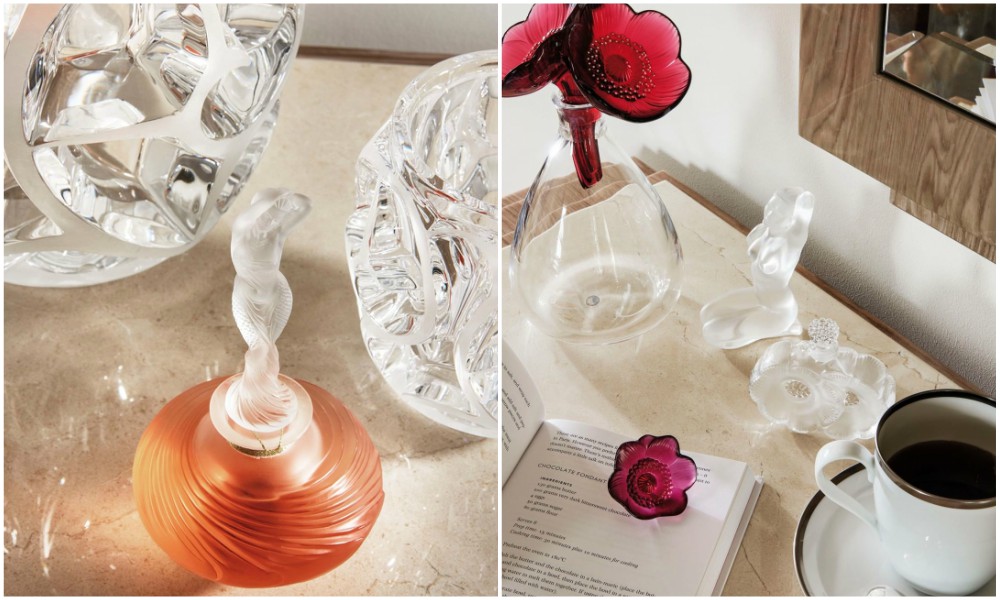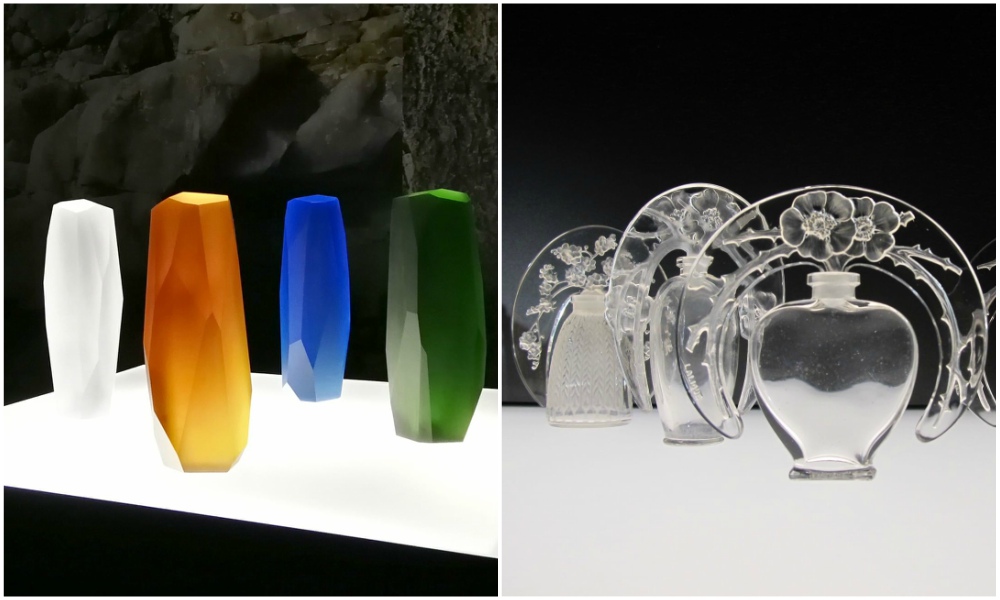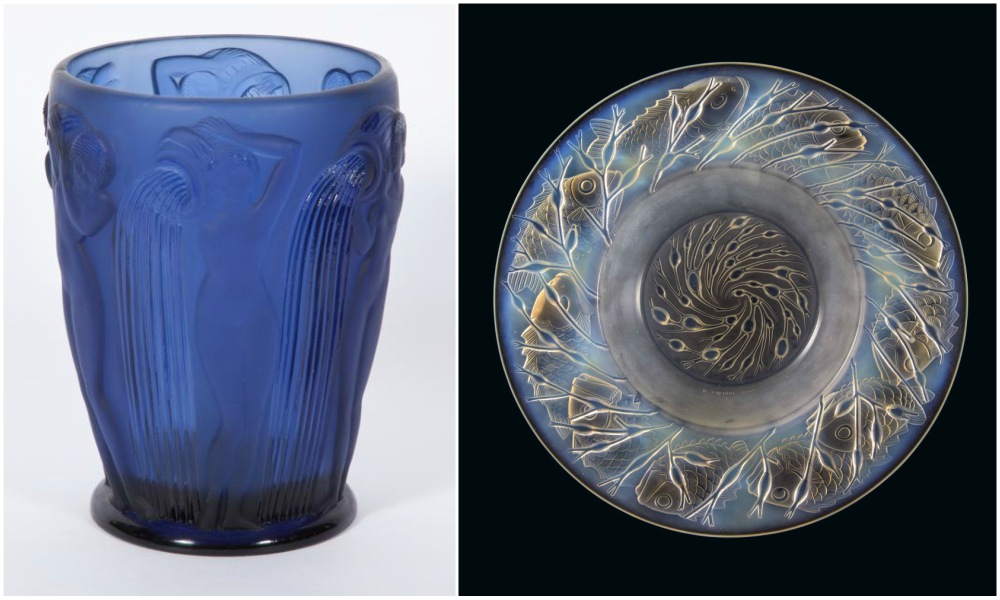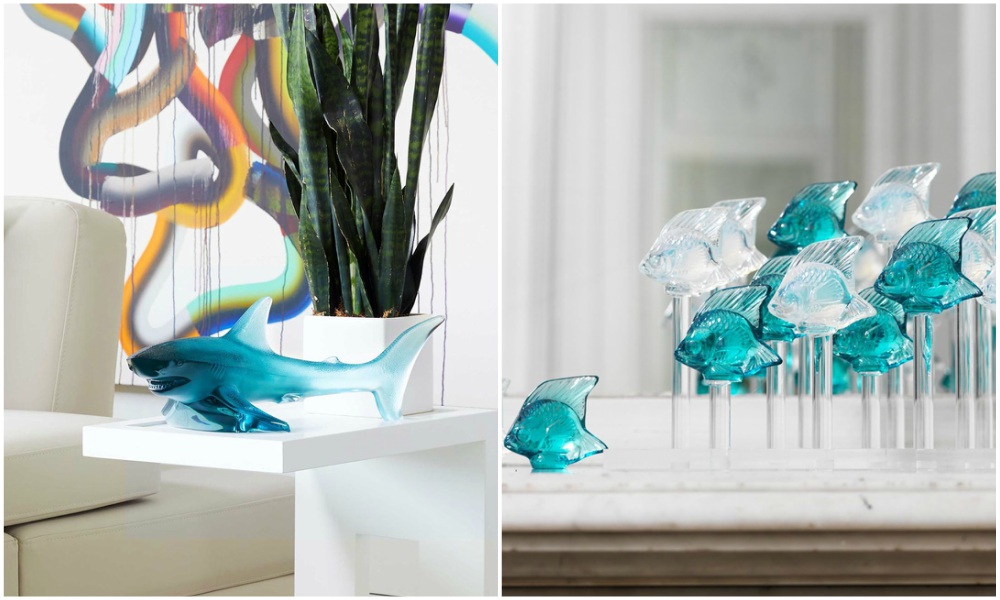For collectors of decadent crystal vases and decorative glass designs, Lalique is the first name that comes into mind. The French company is well-known for its exceptional craftsmanship in glass pieces. From perfume bottles, table ornaments, to drinking glasses and light fittings, here is what you need to know in collecting Lalique.

Determining the value
Though the designs of Lalique were initially created in the 1920s, many of the pieces are still-in-production. The value of these pieces relies on the intricacy of the design and the production process. A small Rennes vase is well-known for its mold of a frieze of mountain goats. Among the rare Art Deco car mascots, there is The Reynard/Fox mascot that sold for $175,000 in 2011.
Cire Perdue tends to be the most expensive. A lost wax process cast these creations that require a broken mold. Other factors like the color finish and condition determine the pieces’ value as well. The most known ones are the figural objects and those with opalescent finish than the colored Lalique. For the rest of the creations like plates, ashtrays, and tableware, pre-War are more expensive than the post-War ones.

The refinement of Lalique designs
Specialist Joy McCall shares how Lalique has a unique approach to glassworks. Apart from the clarity and precision of each piece, McCall identifies nature as the main inspiration. From birds to fish to female figures, Lalique pieces feature the beauty of the environment.

In collecting Lalique, McCall explains you must consider which object you prefer. There is an extensive collection of tableware, jewelry, fragrance bottles and stoppers, car mascots or hood ornaments to name a few. You may also opt to use colors as your guide. There are frost glasses pieces yet some opulent items come in amber, electric blue, emerald, and teal color finishes. There may be similar designs with almost similar prices but that depends on the rarity of the color. Even cased pieces or fused layers of glass demand higher price.
Re-signing pieces of Lalique plays a role in marketing the creations. Pre-war works signed with R. LALIQUE are more expensive as these were made during Lalique’s lifetime while Post-war works only have LALIQUE FRANCE. Staining also adds definition to the piece and thereby rendering it more expensive. Yet Cire Perdue works prove to be the most valuable. The casting process and absence of mold lines convey the unique, artistic composition.

Designing for luxury
Jewelry is among the oldest surviving pieces with some dating from late 19th to early 20th century. The creations consist of molded glass, enamel, and gems like the Art Nouveau Gold, Diamond, Enamel and Glass Brooch that sold at $217,000. For vases, the Molded Blue Glass Danaïdes Vase shows the inspiration from nature and figures. The blue vase features maidens pouring water, creating a seamless elegant pattern. These geometric motifs are inspirations from the Art Deco Movement. The Anvers, No. 408, Blue bowl is another example. It has an engraved R. LALIQUE FRANCE featuring seaweed and fish motifs. To create a jewel-like finish on his pieces, Lalique uses cire perdue or a jewelry-casting process. This makes for an opulent variety of perfume bottle shapes like the An “Ambre de Siam” Perfume Bottle and Stopper.
The Aquatique collection
The latest collection is the Aquatique that includes Carpe Koi Bud Vase, Poissons Combattants Grand Vase Mint Green Limited Edition, Fighting Fish Small Sculpture, and 2 Poissons Decanter, Clear Crystal.


The Aquatique Collection is available at Rustan’s stores starting June 29, 2019. For more information, visit @lalique or www.lalique.com/en





